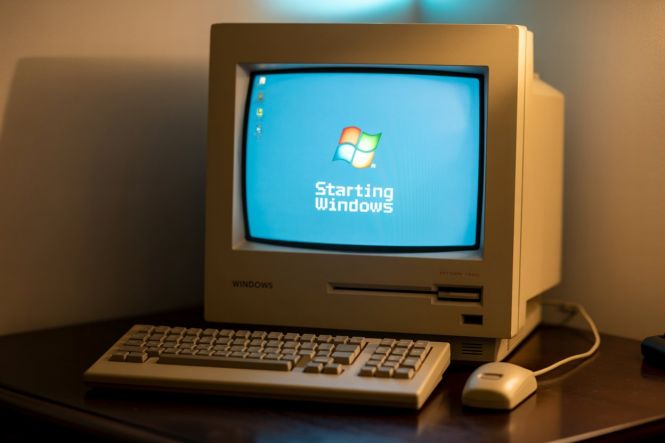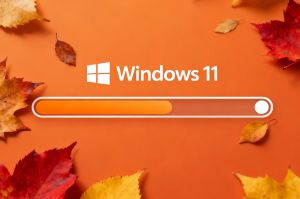 How to make a computer boot/wake faster? Simple and effective measures
How to make a computer boot/wake faster? Simple and effective measures
The effect of your computer’s booting/wake-up time on your day largely depends on how you perceive it. Some people see it as an opportunity to collect their thoughts about the upcoming work, maybe adjust the plan, or look farther into the future and contemplate what’s to come as a result of the effort. Others welcome this break as a chance to finally brew that cup of coffee, although modern computers and latest iterations of Windows don’t boot this long.
There are, however, situations when you have that lightbulb above your head, a spark of genius, and need to record the idea immediately lest it wither away or lose sharpness in your mind’s eye. This is when the time it takes your computer to boot or wake up really matters: the longer it is, the less crystallized the recording of the said idea will be. This post gives you several simple pieces of advice that, followed, will make your computer boot significantly faster, shaving off the precious seconds.
Enable Windows Fast Startup
This feature is a hybrid shutdown mode, something between power-off and hibernation. Fast Startup tells the system to save the system kernel and drivers to a hibernation file when you end your day, which means that when you switch the PC on, it’s not a full cold boot but a restoration to the previously saved state. Please note that Fast Startup does not preserve open applications like full hibernation; its purpose is fully reflected in the name.
To enable Fast Startup, go to Control Panel > Hardware and Sound > Power Options > Choose what the power buttons do, and check the "Turn on fast startup" box there. If the option is grayed out, click "Change settings that are currently unavailable" first.
Disable unnecessary startup programs
A lot of programs are bold enough to put themselves on the startup list, meaning they are loaded when you switch on the PC after a complete power-off. This behavior, obviously, consumes CPU and memory resources, and slows booting. By disabling unnecessary startup programs, you reduce the workload and make Windows load faster.
We’ve covered the process of optimizing the startup list in a couple of articles:
- Optimizing Windows startup: tips from Microsoft and more
- How to speed up my computer: uncommon yet effective tips
Briefly, what you can do is launch Task Manager (Ctrl + Shift + Esc), browse to the Startup apps there, and disable everything that looks uninvited.
Optimize BIOS/UEFI settings
The BIOS or UEFI firmware is the ignition: it initializes hardware and then gives the control to the operating system. Many versions of these programs allow skipping some hardware checks (the feature is typically called Fast Boot) and shortening the POST (Power-On Self-Test) time.
The specific steps depend on the type of BIOS or UEFI, but usually it’s not hard to find the respective toggles there. The effort pays off quite well: once you’ve enabled Fast Boot, switching the computer on will be a breeze.
The hotkeys opening BIOS/UEFI for you during booting depend on who made the computer, so it’s a good idea to look them up online.
Use maximum processors and memory for booting
Windows can be configured to use all available CPU cores and as much memory as there is during startup. This naturally means that booting goes faster, although the service life of your computer may be slightly reduced in this mode.
Run msconfig, navigate to the Boot tab, click Advanced options, check "Number of processors" there and select as many as you have in the machine. The same goes for memory, which is managed to the right of the cores in the same window.
If you want to optimize your computer more thoroughly, find the program that meets your needs here:



